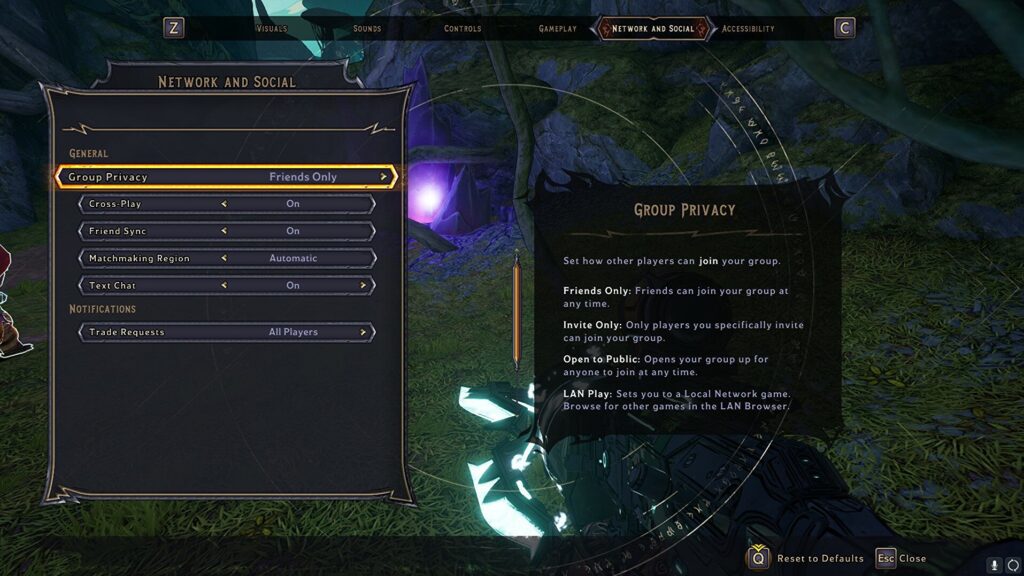Multiplayer gaming has evolved from the early days of LAN parties to include online matchmaking, voice chat, and virtual reality experiences. LAN parties enabled gamers to socialize with others and compete against each other without requiring an internet connection. With the rise of the internet, online multiplayer gaming became popular and offered greater accessibility, convenience, and immersion. The introduction of voice chat and social features enhanced the social aspect of multiplayer gaming. The future of multiplayer gaming includes the potential impact of virtual reality experiences and advancements in artificial intelligence and machine learning for personalized matchmaking.
The Evolution of Multiplayer Gaming: From LAN Parties to Online Matchmaking
Multiplayer gaming has come a long way since the early days of LAN parties. Gaming has evolved to include online matchmaking, voice chat, and virtual reality experiences that immerse players in realistic virtual worlds. This article explores the evolution of multiplayer gaming and how it has changed the way we interact with each other.
LAN Parties: The Early Days of Multiplayer Gaming
The term “LAN party” refers to a gathering of players who bring their computers to a single location, typically a home or a gaming center, and connect them together using a local area network. These parties first became popular in the 1990s, when games such as Doom and Quake allowed players to compete against each other in a multiplayer setting.
LAN parties were popular for several reasons. First and foremost, they provided an opportunity for gamers to socialize with one another in a face-to-face setting. Additionally, LAN parties allowed players to compete against each other without the need for an internet connection, which was still a luxury for many households.
The Introduction of Online Multiplayer Gaming
The rise of the internet in the early 2000s led to the introduction of online multiplayer gaming. Games such as EverQuest and World of Warcraft allowed players to connect to a server and play with other people from all around the world.
Online multiplayer gaming offered several advantages over LAN parties. Players no longer had to physically be in the same location to play with each other, which allowed for greater accessibility and convenience. Additionally, online multiplayer games often featured more robust gameplay systems, which added to the overall immersion of the experience.
Voice Chat and Social Features
The introduction of voice chat in online gaming further enhanced the social aspect of multiplayer gaming. Platforms such as Xbox Live and PlayStation Network allowed players to speak to each other in real-time, which made coordinating strategies and communicating during gameplay much easier.
Social features such as friend lists and messaging systems also allowed players to develop relationships with one another outside of gameplay. This further increased the sense of community that developed around multiplayer games.
The Rise of Matchmaking and Competitive Gaming
Matchmaking, the process of pairing players together for a game, has become an integral part of multiplayer gaming in recent years. Matchmaking allows players to quickly and easily connect with others who are at a similar skill level and looking to play the same game mode.
Competitive gaming, where players compete against each other in organized tournaments, has also become increasingly popular. Platforms such as Twitch and YouTube have helped to popularize competitive gaming by allowing players to stream their gameplay and connect with fans.
The Future of Multiplayer Gaming
The future of multiplayer gaming is exciting and full of possibilities. Virtual reality experiences such as Oculus Rift and HTC Vive are already changing the way we interact with video games, and it’s likely that they will have a significant impact on multiplayer gaming as well.
Additionally, advancements in artificial intelligence and machine learning could potentially revolutionize the way matchmaking works by creating more personalized experiences for players. This could lead to more engaging gameplay and a greater sense of community among players.
Conclusion
Multiplayer gaming has come a long way since the early days of LAN parties. The introduction of online multiplayer gaming, voice chat, social features, and matchmaking has transformed the way we play games and interact with each other. With the future of multiplayer gaming looking brighter than ever, it’s clear that this is just the beginning of an exciting new era in gaming.
